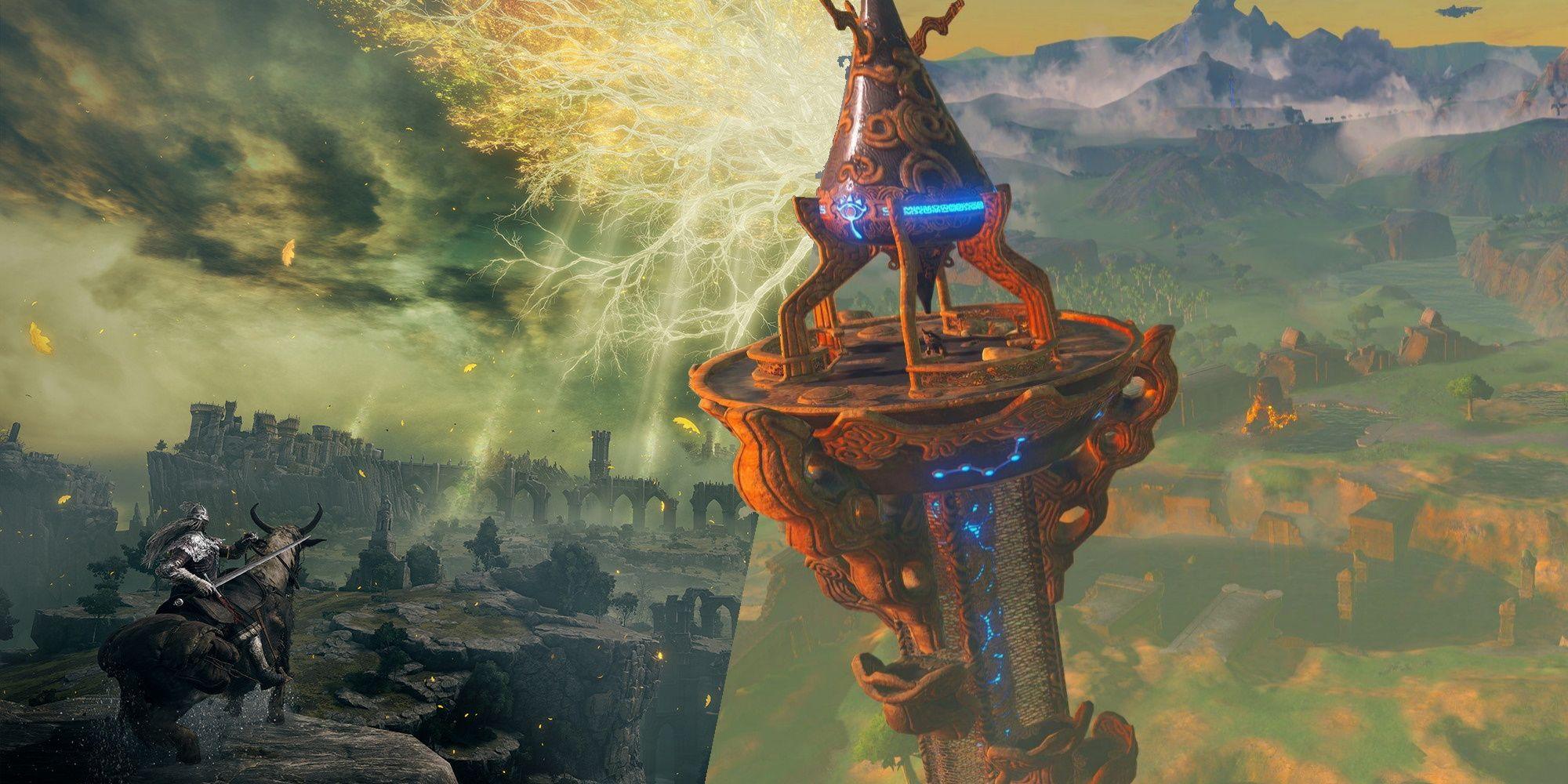The Pros and Cons of Open-World Game Design
Open-world game design has revolutionized the gaming industry by offering players vast, immersive environments that encourage exploration, creativity, and freedom. From sprawling RPG universes to dynamic sandbox experiences, open-world games provide a unique blend of storytelling and player agency that has captivated millions worldwide. However, as with any game design approach, open-world games come with their own set of advantages and challenges.
In this article, we’ll dive deep into the pros and cons of open-world game design, explore practical tips for developers and players, and analyze why this genre continues to shape the future of gaming.
What is Open-World Game Design?
Open-world game design refers to a style of game development where players can explore a large, often seamless map with limited restrictions on movement or progression. Unlike linear or level-based games, open-world titles prioritize free-roaming, non-linear gameplay, and usually include numerous side quests, dynamic environments, and emergent gameplay opportunities.
Benefits of Open-World Game Design
Open-world games come packed with exciting features that enhance player engagement and creativity. Here are some key benefits:
- Freedom and Exploration: Players can interact with vast worlds, uncover hidden secrets, and choose their own path without feeling restricted.
- Replayability: The non-linear nature, side missions, and open objectives encourage multiple playthroughs with varied experiences.
- Immersion: Rich, detailed environments and dynamic NPCs create believable worlds that deepen emotional connection.
- Diverse Gameplay Styles: Open-world games often blend various genres, allowing players to engage in combat, crafting, trading, driving, or social interactions.
- Player Choice and Agency: Many games integrate meaningful decision-making that impacts the story or the game world, increasing player satisfaction.
Common Challenges and Cons of Open-World Game Design
Despite their popularity, open-world games must overcome notable hurdles during development and gameplay, including the following cons:
- Development Complexity: Building massive, interactive worlds demands extensive resources, long development times, and significant technical expertise.
- Performance Issues: Large maps with many assets can lead to long loading times, frame rate drops, and bugs.
- Potential for Repetition: Players may encounter repetitive quests, tasks, or objectives that reduce excitement.
- Lack of Narrative Focus: Non-linear gameplay can dilute storytelling, making the main plot less compelling or coherent.
- Player Overwhelm: Too much freedom without guidance can confuse or frustrate some players, leading to aimless gameplay.
Table: Pros and Cons Summary of Open-World Game Design
| Pros | Cons |
|---|---|
| Expansive world encourages exploration and discovery | High development cost and longer timelines |
| High replayability with diverse missions and side quests | Risk of monotonous or repetitive gameplay |
| Player choices influence the story and environment | Non-linear structure can weaken storytelling impact |
| Immersive environments enhance emotional engagement | Possible technical issues affecting performance |
| Multiple gameplay styles appeal to broader audiences | Can be overwhelming without clear guidance |
Case Studies: Popular Open-World Games that Nailed and Missed the Mark
1. The Witcher 3: Wild Hunt
Widely regarded as a gold standard in open-world RPG design, The Witcher 3 combines a richly detailed map with deep storytelling and meaningful player choices. Its expansive quests and side activities enhance immersion while maintaining narrative quality.
2. Cyberpunk 2077
Initially criticized for bugs and performance issues, Cyberpunk 2077 demonstrates the risks of ambitious open-world projects. Despite its intriguing world and story, technical flaws affected player experience. Recent updates, however, have vastly improved stability.
3. Assassin’s Creed Valhalla
Create a perfect balance between scripted story missions and a huge, explorable Viking world. The game’s strong narrative and freedom to roam offer players meaningful choices, though some players find the sheer number of side quests overwhelming.
Practical Tips for Developers Designing Open-World Games
- Optimize World Size: Design worlds that feel large but manageable to maintain performance and player engagement.
- Balance Guidance and Freedom: Provide players with clear objectives and optional hints to prevent confusion.
- Vary Side Content: Craft different types of quests and activities to avoid monotony.
- Focus on Narrative Anchor Points: Integrate compelling main story points scattered throughout the world to maintain momentum.
- Use Procedural and Handcrafted Elements: Combine creativity with automation to efficiently populate the world while keeping it unique.
Player Perspective: How to Enjoy Open-World Games Fully
If you’re a gamer jumping into an open-world title, these tips will help maximize your experience:
- Set Personal Goals: Choose your own storylines or achievements to avoid feeling overwhelmed.
- Explore at a Comfortable Pace: Don’t rush the storyline-take your time to absorb details and environments.
- Engage with Side Content: Side quests and activities enrich the world and can provide useful rewards or lore.
- Use Fast Travel and Markers: Save time and avoid frustration with the game’s navigation tools.
- Balance Exploration and Progression: Alternate between roaming and completing objectives to keep gameplay fresh.
Conclusion: Is Open-World Game Design Right for Your Next Project or Playtime?
Open-world game design offers an unparalleled opportunity to create living, breathing digital universes filled with player freedom, exploration, and meaning. Whether you’re a developer hoping to craft a memorable game, or a player eager to dive into immersive new worlds, understanding the pros and cons of this genre is essential.
While challenges like development complexity and narrative balance shouldn’t be ignored, the benefits of engagement, creativity, and replayability make open-world design a powerful tool in modern game design. By carefully leveraging these advantages and mitigating the downsides, open-world games can continue to thrill players and push the limits of interactive entertainment.
Embrace the freedom, but remember to also enjoy the journey-because in open-world games, every path can lead to a new adventure.











